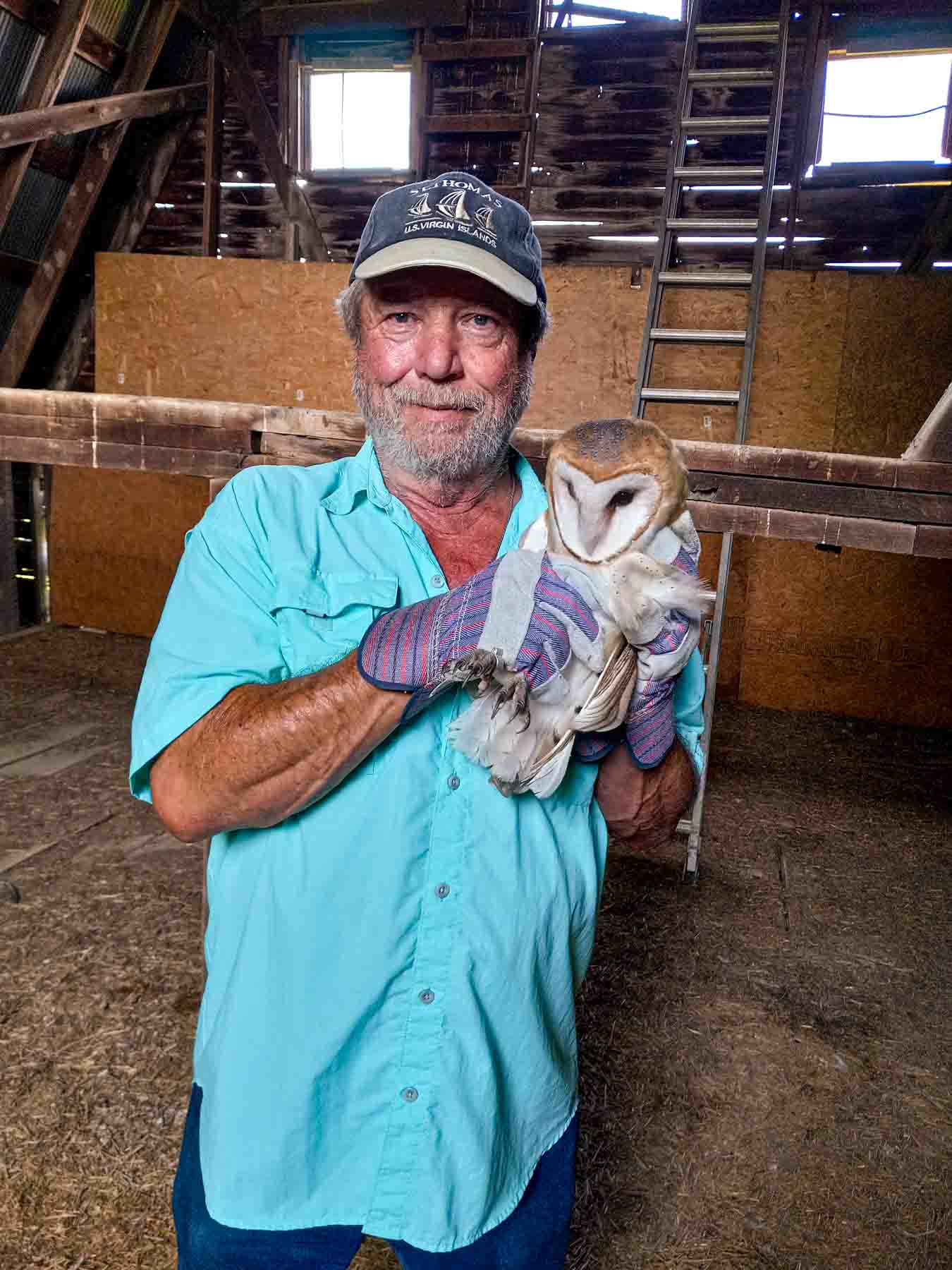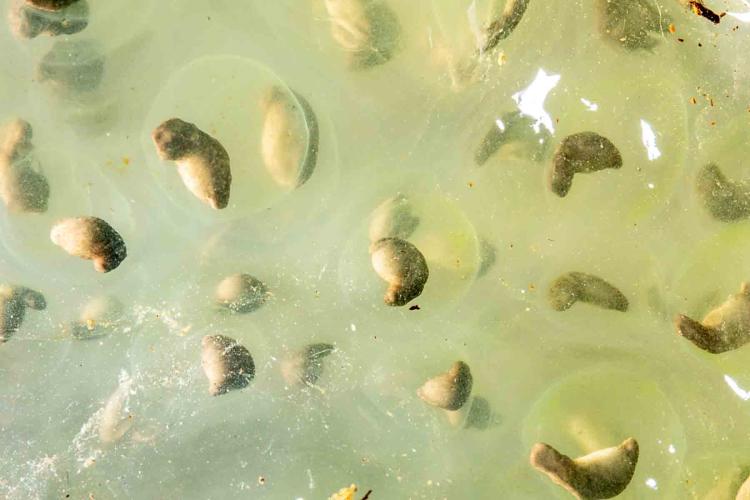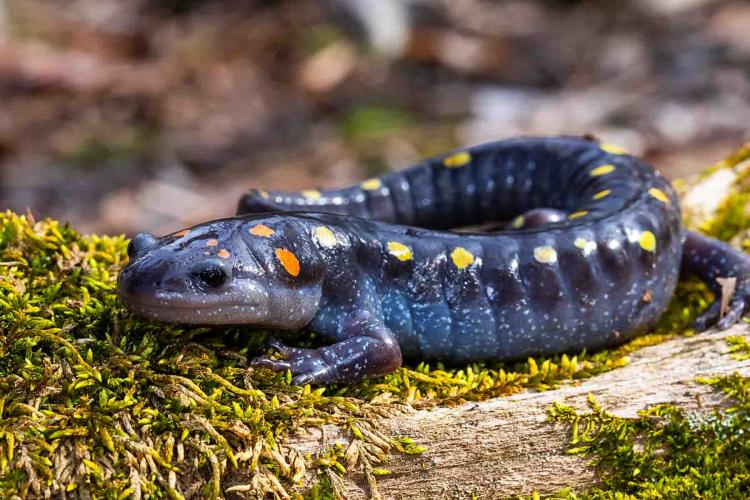MDC Reports Deer Harvest
Missouri sees record-setting deer harvest during the 2023–2024 season.
The 2023–2024 deer hunting season, which ended Jan. 15, was record-setting with a total deer harvest of 326,026. This year’s record surpasses the one set in 2006 of 325,457.
Increasing deer numbers and regulation changes that added a new early antlerless firearms portion, a new chronic wasting disease firearms portion, and an increase in the number of firearms antlerless deer hunting permits in most counties led to additional hunting opportunities and contributed to a record harvest.
“With deer numbers increasing in most counties, additional antlerless deer harvest is needed to slow population growth and help maintain deer numbers at desired levels,” said MDC Cervid Program Supervisor Jason Isabelle. “It was great to see hunters take advantage of the additional hunting opportunities.”
For the first time since 2013, more does were harvested than antlered bucks, and this year’s antlered buck harvest is also the highest on record.
Learn more at short.mdc.mo.gov/4n7.
New MDC Hunting, Fishing Booklets Available
Missouri hunters, trappers, anglers, and others can get free copies of MDC’s updated booklets on spring turkey hunting, hunting and trapping, and fishing starting in early March at MDC regional offices, MDC nature centers, and other places where permits are sold. The handy booklets have information on related permits, seasons, species, regulations, limits, conservation areas, sunrise and sunset tables, and more. Get booklet information online at mdc.mo.gov using the search tool at the top of the homepage.
Get Hooked on Trout Fishing
March 1 marks the annual opening of catch-and-keep trout fishing in Missouri at the state’s four trout parks: Bennett Spring State Park near Lebanon, Montauk State Park near Licking, Roaring River State Park near Cassville, and Maramec Spring Park near St. James. The catch-and-keep season at the trout parks runs through Oct. 31. The daily limit is four trout.
MDC operates trout hatcheries at all four parks and stocks rainbow trout daily throughout the season. Trout anglers need a daily trout tag to fish in Missouri’s trout parks during the catch-and-keep season. Daily trout tags can only be purchased at each of the four trout parks. Missouri residents 16 through 64 and nonresidents 16 and older also need a fishing permit in addition to the daily tag.
Missouri also offers excellent trout fishing throughout the state on rivers and streams that support naturally reproducing trout. For more information on trout fishing in Missouri, visit short.mdc.mo.gov/Zvy.
Buy Missouri fishing permits from numerous vendors around the state, online at mdc.mo.gov/buypermits, or through MDC’s free mobile apps, MO Hunting and MO Fishing, available for download through Google Play for Android devices or the App Store for Apple devices.
MoNASP State Tournament
Get ready for another exciting year of archery competition and fun at the 2024 Missouri National Archery in the Schools Program State Archery Tournament March 20–23 at the Branson Convention Center on the Landing in Branson. More than 3,700 students are expected to participate in the bull’s-eye event and 1,800 in the 3D competition. For more information and tournament details, visit short.mdc.mo.gov/4fr.
Paddlefish Season Begins March 15
Paddlefish — named for their large, paddle-shaped snouts — are an ancient species that can grow to 7 feet and weigh more than 100 pounds. Our state’s major paddlefish snagging waters include Lake of the Ozarks, Harry S. Truman Reservoir, and Table Rock Lake.
The paddlefish snagging season for these and most other waters in the state runs March 15 through April 30. The season for the Mississippi River is March 15 through May 15 with a fall season of Sept. 15 through Dec. 15.
A fishing permit is required, unless exempt. The daily limit is two paddlefish, and the possession limit is four. No person shall continue to snag after taking a daily limit of two paddlefish on these waters. Learn more about paddlefish, snagging regulations, minimum lengths, snagging reports, and more at short.mdc.mo.gov/Z9B.
Drew Davis
Henry County
Conservation Agent
Late March is the unofficial opening of morel season. It’s a great time to get outdoors after a cold winter. Get permission if hunting on private property. Always check area regulations before using public lands. Visit MDC’s Places to Go — short.mdc.mo.gov/Z9o — to find public lands near you. Remember, it’s illegal to sell mushrooms gathered from public lands. Morel season coincides with turkey season, so respect others afield. Consider wearing hunter orange for your safety. When picking morels, pinch the stem so the base remains. Place your harvest in a porous sack so spores release in the air. Never eat raw morels and be certain of your mushroom identification before consuming. For more tips, visit short.mdc.mo.gov/4no.
James Priday
James and Jean Priday are the original hackers, but it’s not what you think. Since the early 2000s, the Pridays have assisted the World Bird Sanctuary (WBS) in a process known as hacking, which has resulted in the release of nearly 85 owls.

The Whole Hacking Process
Owls are hatched and raised at WBS by a breeding pair until almost fully fledged. They are then banded and transported to a volunteer’s location. At the Priday’s farm, owls are kept in the barn loft and fed at a distance for about a week. The evening before their release, James feeds them and returns at midnight to open a small window near their perch. The next morning, James checks to confirm their departure.
In His Own Words
“Our decision to help WBS felt so natural. I believe it’s important for people to see how beautiful these birds are and how important they are for the environment.”




Spotted Salamander Eggs
Spotted salamanders make their way to breed in shallow, fishless woodland ponds during the first warm rains in late February to mid-March. Sometimes numbering in the thousands, these courting salamanders engage in a nuptial dance. The eggs, laid on submerged branches or aquatic plants, are fertilized within one to two days of courtship. The eggs hatch in four to six weeks, and the larvae live in the water until mid-June to early September
And More...
This Issue's Staff
Editor - Angie Daly Morfeld
Associate Editor - Larry Archer
Photography Editor - Cliff White
Staff Writer - Kristie Hilgedick
Staff Writer - Joe Jerek
Staff Writer – Dianne Van Dien
Designer - Shawn Carey
Designer - Marci Porter
Photographer - Noppadol Paothong
Photographer - David Stonner
Circulation – Marcia Hale






















